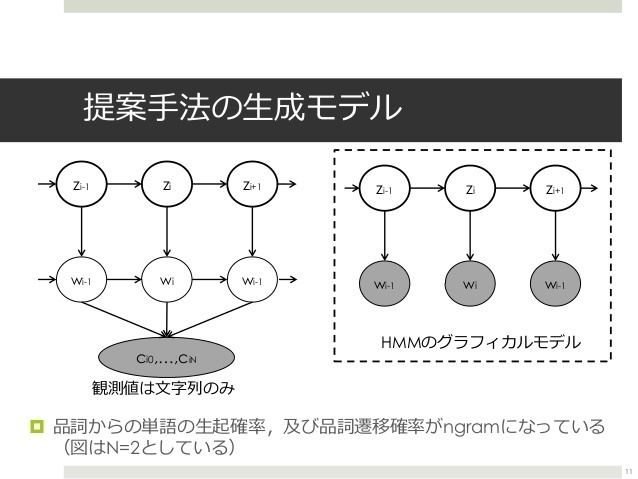Programming by demonstration for in contact tasks using hidden semi markov models
A hidden semi-Markov model (HSMM) is a statistical model with the same structure as a hidden Markov model except that the unobservable process is semi-Markov rather than Markov. This means that the probability of there being a change in the hidden state depends on the amount of time that has elapsed since entry into the current state. This is in contrast to hidden Markov models where there is a constant probability of changing state given survival in the state up to that time.
Contents
- Programming by demonstration for in contact tasks using hidden semi markov models
- Additional reading
- References
For instance Sanson & Thomson (2001) modelled daily rainfall using a hidden semi-Markov model. If the underlying process (e.g. weather system) does not have a geometrically distributed duration, an HSMM may be more appropriate.
The model was first published by Leonard E. Baum and Ted Petrie in 1966.
Statistical inference for hidden semi-Markov models is more difficult than in hidden Markov models, since algorithms like the Baum-Welch algorithm are not directly applicable, and must be adapted requiring more resources.

